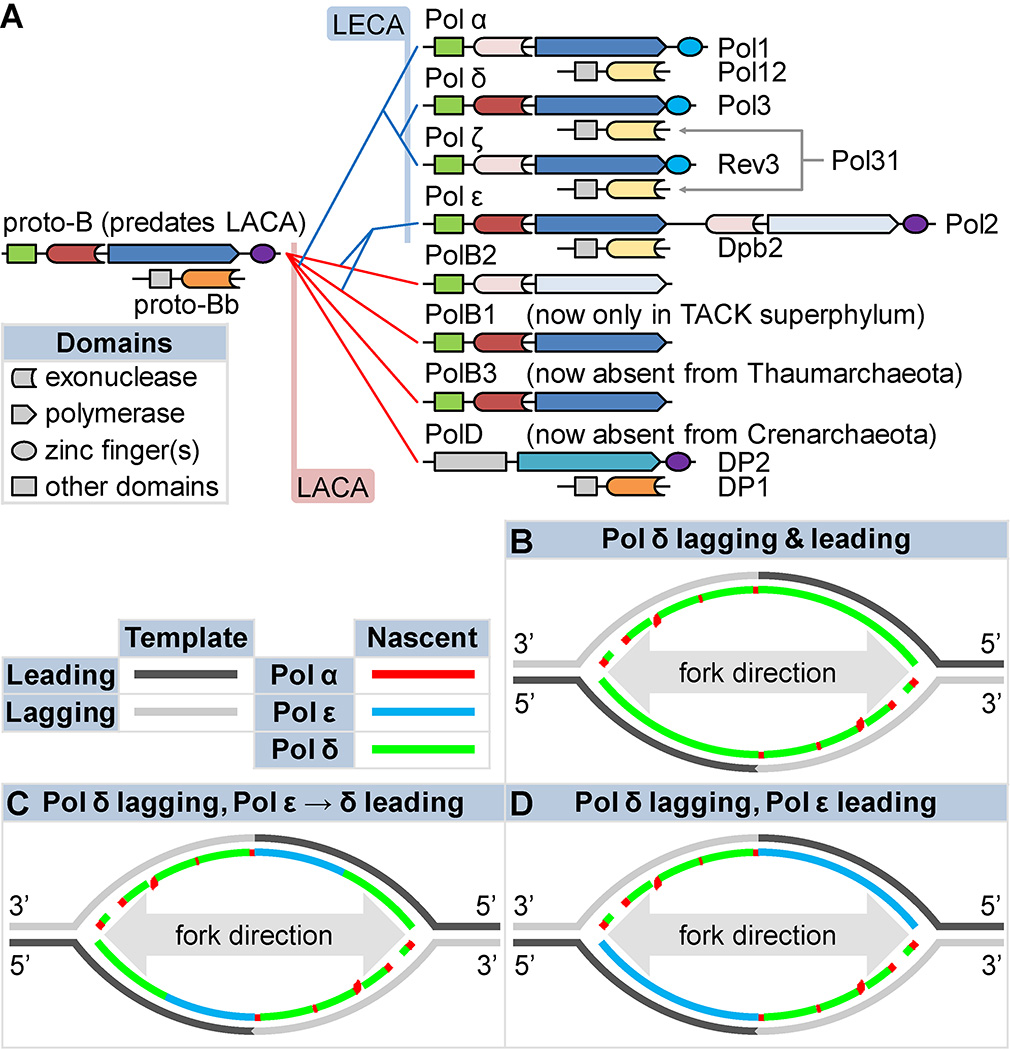Figure 3. Origins of eukaryotic replicases and models for their division of labor.
A) A speculative cladogram of eukaryotic (blue branches) and archaeal (red branches) B and D family polymerases based on25. See the text for notes on the topology and rationale. Presumably, a proto-B family polymerase preceded the last common ancestors of Archaea and Eukaryota (LACA and LECA, respectively) and begat the archaeal and eukaryotic subclasses. Gene losses reduced the resulting set in both clades. LACA and LECA each possessed at least four subfamilies (B1–3 and D; α, δ, ε, and ζ, respectively). Family D is highly derived. Potential temporal positions of LACA and LECA are indicated (pink and blue areas, respectively). Schematics indicate domain architecture and activities. Catalytic subunits (right of schematics), associated B-subunits (right of schematics), and holoenzymes (above schematics) are indicated (Saccharomyces cerevisiae names for eukaryotes). Colors denote homology, with lighter shades indicating inactivation. B–D) Three models of eukaryotic replication origins, assuming that Pol α extends from RNA primers before passing synthesis to Pols δ and ε. B) Pol δ replicates the bulk of both DNA strands47, as in SV40 viruses41. C) Pols δ and ε replicate the lagging and leading strands, respectively. D) As in C, but Pol ε can cede the leading strand to Pol δ under special circumstances52, 53.

